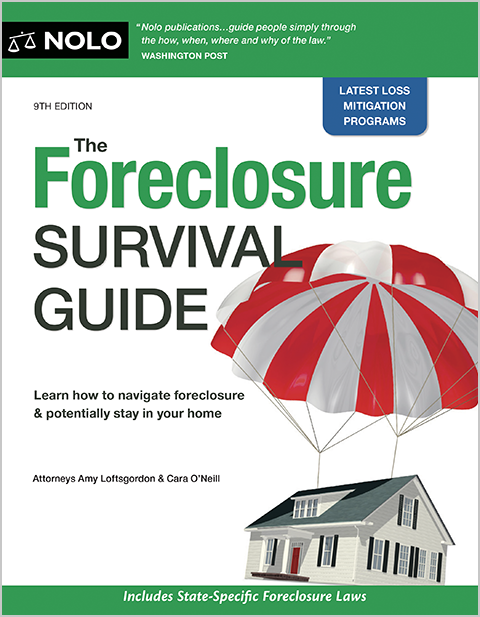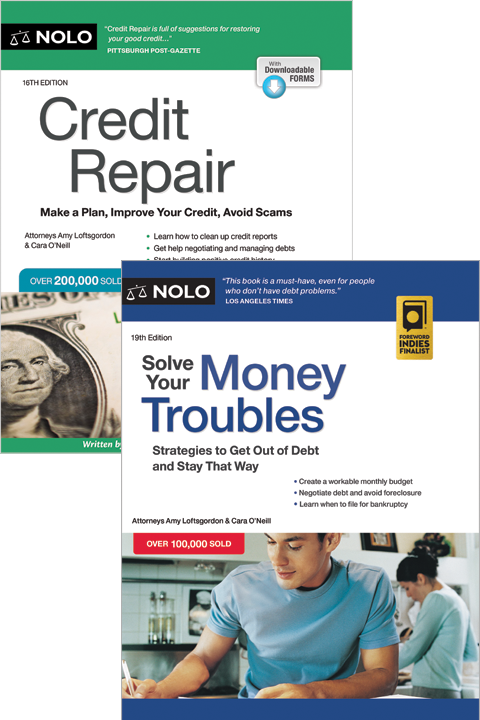Here's a comprehensive look at rising foreclosure rates in 2025, including where filings are up, what’s driving the increase, and what it means for homeowners, buyers, and investors.
Foreclosure rates in the United States peaked in 2010 during what is commonly referred to as the "foreclosure crisis" or "mortgage crisis." At the height of the housing market collapse, widespread mortgage delinquencies, especially from subprime loans, triggered a surge in foreclosures and a steep devaluation in mortgage-backed securities. After the crisis, foreclosure activity steadily declined across the country.
When the COVID-19 pandemic hit, millions of Americans faced job loss or income disruption, making it difficult to keep up with mortgage payments. To prevent a repeat of the 2010 foreclosure wave, the federal government and most states implemented foreclosure moratoriums, created forbearance programs, and enacted temporary foreclosure protections. As a result, foreclosure filings remained historically low in 2020 and 2021.
However, beginning in 2022, throughout 2023 and into 2024, foreclosure rates began to climb again as pandemic-era protections expired and economic pressures (like inflation, rising interest rates, and high insurance costs) increased for homeowners. In fact, 2025 has shown a marked, sustained increase in both foreclosure starts and completions. According to a September 2025 report from ATTOM, foreclosure filings in the U.S. have surged nearly 20% from this time last year. This upward trend could be an early indication of more trouble to come.
- U.S. Foreclosure Statistics (2025): Latest Data and Trends
- Top States With Highest Foreclosure Rates in 2025
- What State Has the Most Foreclosures in Terms of Numbers?
- Will Foreclosure Rates Rise or Fall in 2026? Predictions
- States With the Highest Foreclosure Rates: Late 2025 and 2026 Outlook
- Foreclosure Outlook and Market Drivers for 2026
- Is 2025-2026 a Good Time to Buy a Foreclosed Home?
- Read More About Foreclosure
- How to Get Help: Foreclosure Attorneys and Housing Counselors
U.S. Foreclosure Statistics (2025): Latest Data and Trends
In September 2025, there were 35,602 foreclosure filings across the U.S. (Again, a 20% increase compared to September 2024). According to another report from ATTOM, 72,317 properties went into foreclosure in the third quarter of 2025, a 16% year-over-year increase.
Top States With Highest Foreclosure Rates in 2025
While certain states consistently have high foreclosure rates, the states with the highest foreclosure rates in September 2025 were:
| State | Foreclosure Rate (1 in X homes) | Total Filings |
| Florida | 2,182 | 4,621 |
| Delaware | 2,325 | 197 |
| Nevada | 2,417 | 541 |
| Indiana | 2,697 | 1,095 |
| South Carolina | 2,883 | 833 |
Source: ATTOM, U.S. Foreclosure Rates by State – September 2025 (published October 10, 2025).
These states often top the list of states with high foreclosure rates. But states that have high foreclosure rates tend to fluctuate. Over the years, states with high foreclosure rates have also included others, such as New York, California, and Illinois.
What State Has the Most Foreclosures in Terms of Numbers?
Florida had the most foreclosure filings in September 2025 (4,621 filings), with California and Texas not too far behind.
Will Foreclosure Rates Rise or Fall in 2026? Predictions
Foreclosure rates are expected to continue rising in 2026. Factors such as surging insurance premiums, elevated interest rates, climbing HOA fees, and reduced buyer demand are contributing to a growing housing crisis. Also, markets with high property taxes or economies that rely on volatile sectors (like Las Vegas, Nevada) are at risk of seeing an increase in foreclosures during tough economic times.
With foreclosure filings up by such a drastic amount from a year ago, most analysts expect the total for 2025 to eclipse 2024's numbers. These increases and continuing issues in the economy and housing market suggest there will be an ongoing, gradual rise in foreclosures into 2026 and thereafter. Unless significant relief or intervention emerges, this trend is likely to continue.
States With the Highest Foreclosure Rates: Late 2025 and 2026 Outlook
Some states are usually more affected by foreclosure than others. In the past, states that have experienced many foreclosures include California, Florida, Illinois, Nevada, New Jersey, New York, and Ohio.
Still, predicting which states will have the highest foreclosure rates for the rest of 2025 and into 2026 isn't easy. Whether a state will have a high foreclosure rate depends on many factors, like employment, homeowner protection laws, the presence of natural disasters, and the local housing market.
Foreclosure Outlook and Market Drivers for 2026
Again, foreclosure activity in the U.S. is expected to trend higher for the remainder of 2025 and continue into 2026. Inflation, elevated interest rates, and rising consumer costs are causing more homeowners to struggle with their mortgage payments. In addition, if insurance costs continue to climb and natural disasters become more common as predicted, the number of homeowners who can't make mortgage payments is likely to keep growing.
Is 2025-2026 a Good Time to Buy a Foreclosed Home?
With increasing foreclosure activity across the country, buyers might find more opportunities for discount purchases. The main benefit of buying a home at a foreclosure sale is that the price is usually much lower than if you purchase a property through a regular sale. However, competition can be stiff for the best deals. Also, bidding and buying a home at a foreclosure auction comes with risks, too. Foreclosed properties are sold "as-is" and might still have outstanding liens for taxes or repairs.
If you have questions about how to buy a home at a foreclosure auction or need help with the process, consider working with an experienced real estate agent or talking to a qualified real estate lawyer.
Read More About Foreclosure
Learn more about foreclosures in What Is Foreclosure?
For information on how long a foreclosure takes, see States With Long Foreclosure Timelines.
Find out when a foreclosure can start in How Soon Can Foreclosure Begin?
How to Get Help: Foreclosure Attorneys and Housing Counselors
If your home is in foreclosure, you might have more options than you think. Consider talking to a foreclosure attorney to learn more. A lawyer can advise you about foreclosure alternatives, your rights in a foreclosure under the law, and fight a foreclosure in court.
If you need additional information about foreclosure alternatives, a HUD-approved housing counselor can explain different options to you in more detail. A counselor can also help you deal with your mortgage servicer. Go to hud.gov to find a housing counseling agency near you, or call toll-free 800-569-4287.
- U.S. Foreclosure Statistics (2025): Latest Data and Trends
- Top States With Highest Foreclosure Rates in 2025
- What State Has the Most Foreclosures in Terms of Numbers?
- Will Foreclosure Rates Rise or Fall in 2026? Predictions
- States With the Highest Foreclosure Rates: Late 2025 and 2026 Outlook
- Foreclosure Outlook and Market Drivers for 2026
- Is 2025-2026 a Good Time to Buy a Foreclosed Home?
- Read More About Foreclosure
- How to Get Help: Foreclosure Attorneys and Housing Counselors

